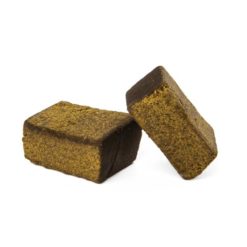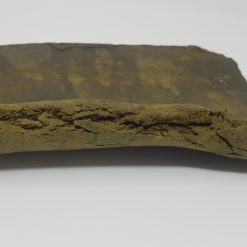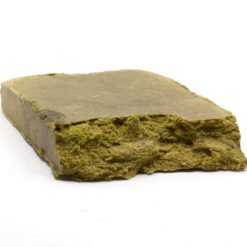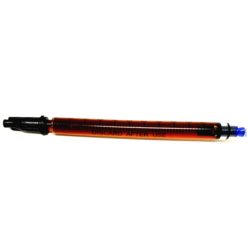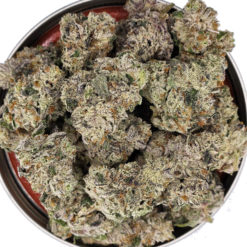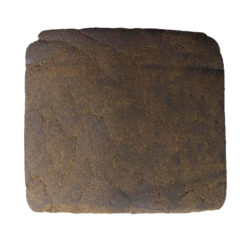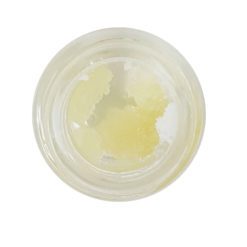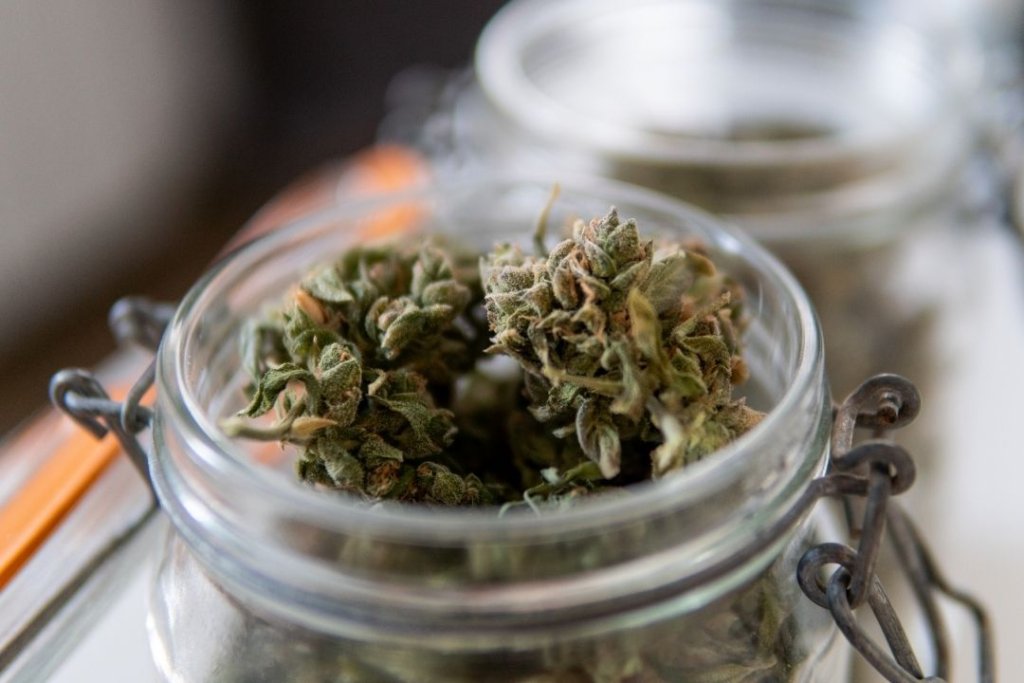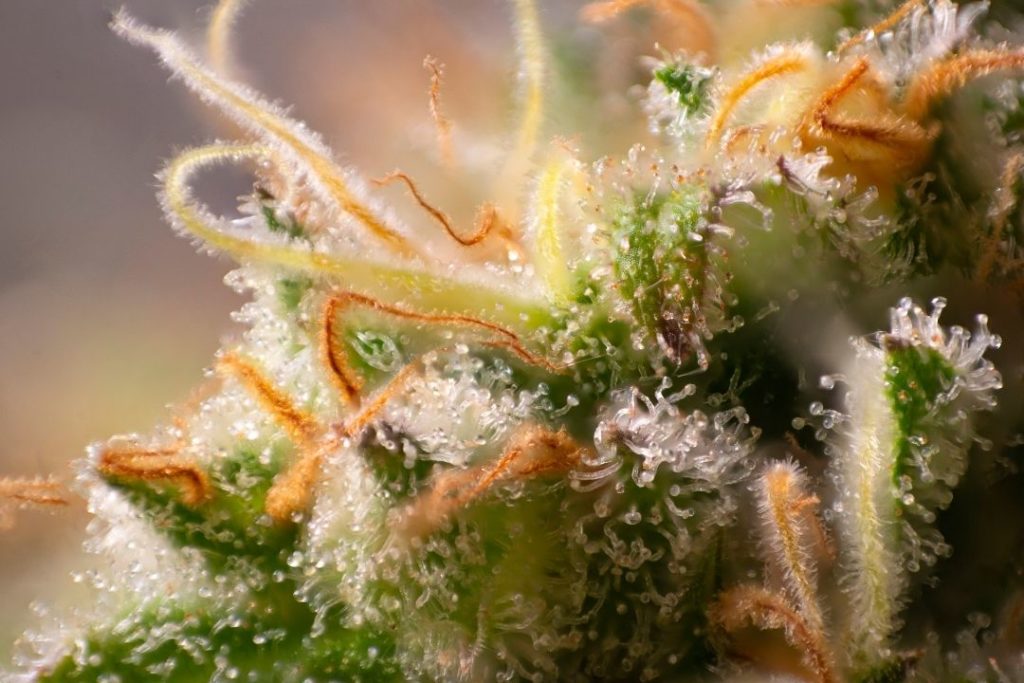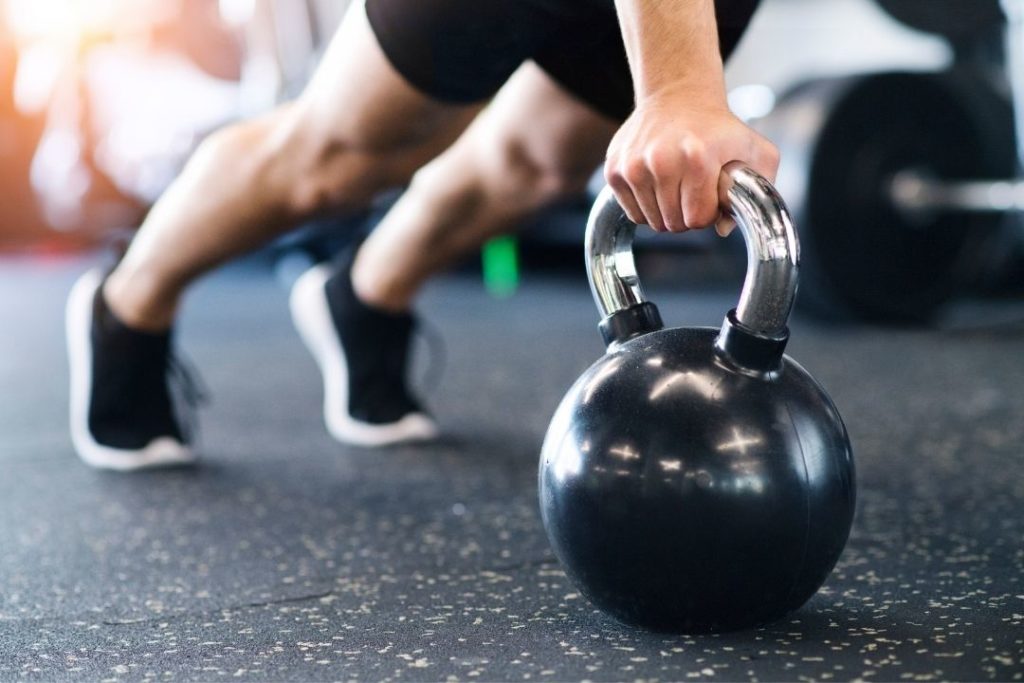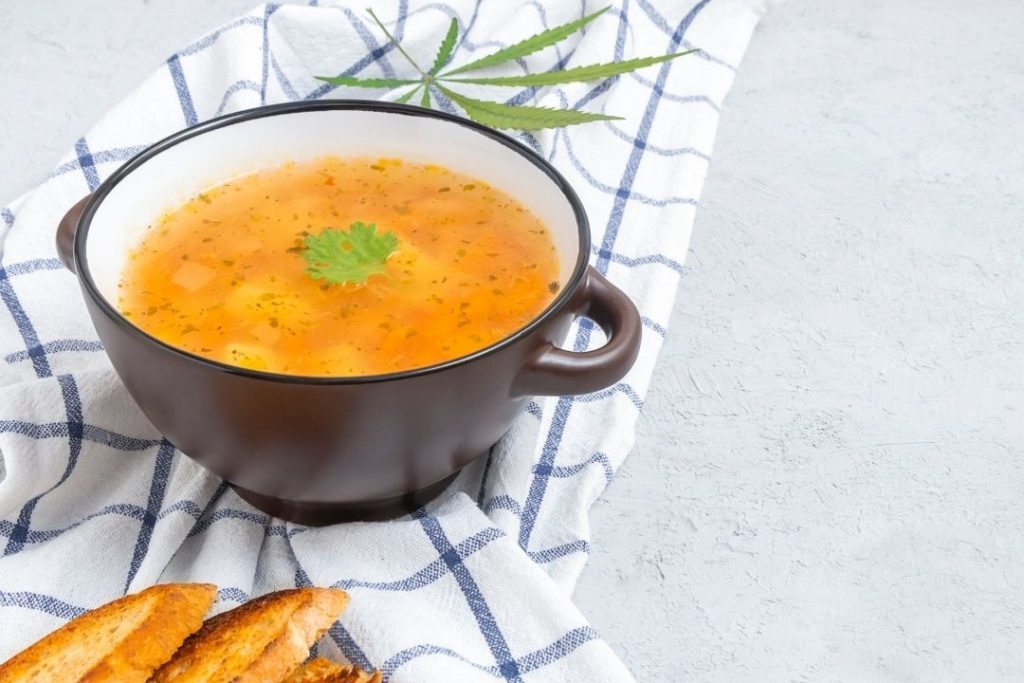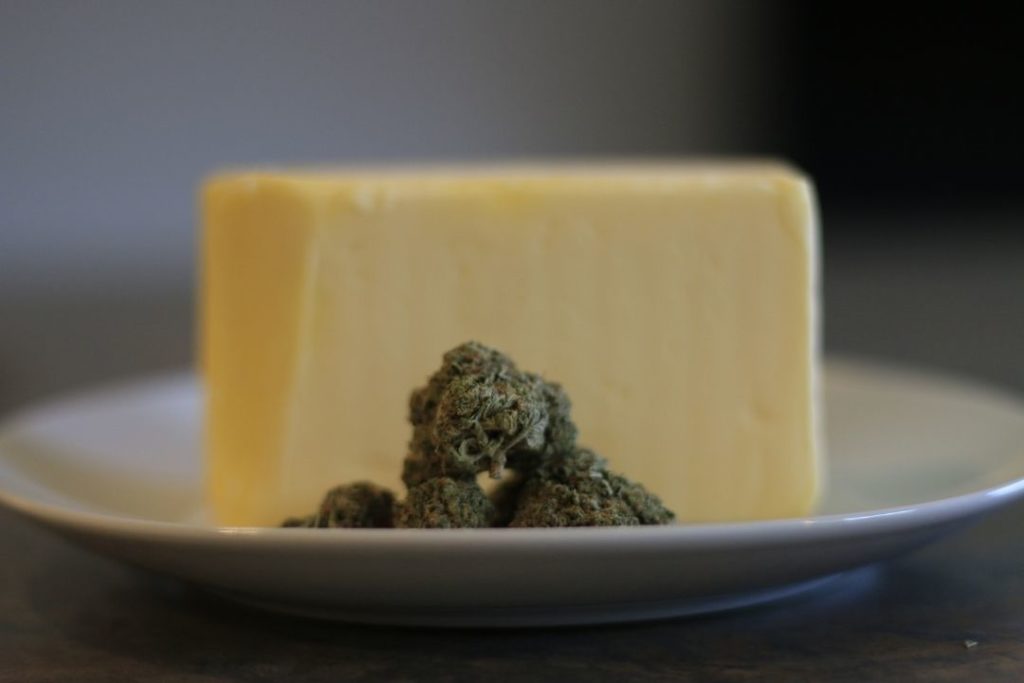Introduction
As anyone who buys weed, especially in bulk will tell you, freshness is the hallmark of a good quality bud. You can have the best strain with the best genetics in the world, but if your cannabis flower isn’t properly cared for and stored, then you might as well be smoking the weeds you found in your front yard.
Cannabis flowers can be stored, with proper preparation and care, over the course of up to 2 years in a sealed container or bag/pouch.
There are three key ways to tell if a cannabis bud has been kept in perfect storing conditions to ensure quality. These are the appearance, smell, and overall feel of the buds.
Let’s look at each of these in more detail.
How It Looks
How a bud looks is the first thing we notice, unless you’re blindfolded sniffing into a clouded fresh jar or bag for the first time that is.
Some key things to look for when inspecting a bud for visual quality are trichome health and density, the colour of the bud in respect to what it should be for the strain, and finally any signs of parasites of fungus.
Trichome health can be determined by the density of how many there are, the shape of the trichomes, and what colour they are.
If most of them are milky in colour, then the buds are at the right maturity stage. If they are mostly amber, then the buds were harvested too late, or have since aged due to prolonged or improper storage.
The colour of the cannabis buds with respect to strain is the next thing to look at. If the colour seems off, that could mean the flower has started to degrade and may have lost a lot of its quality through the process.
Finally, check for molds or parasites of any kind. The easiest way to check for mold or bacteria is to look for any unusual discoloration in the blue/green/black spectrums. This usually indicates some form of pathogen that is using the bud as a food source, slowly rotting it in the process.
How It Smells
The smell is the next thing most people pay attention to when it comes to cannabis. The stronger the smell, generally the stronger the cannabis is too, and the higher the quality.
That said, it’s important to preserve the smell. The smell comes from the terpenes in the trichomes and gives cannabis many of its properties like its uplifting effect, relaxing effects, mood effects, etc.
If the smell is strong, the odds are in your favour that the buds were well stored and the terpenes didn’t slowly evaporate away over the lifetime of the storage period.
If the smell is weak, then it might be either a property of the strain or the cannabis wasn’t stored properly which allowed for terpenes to evaporate over the storage period.
How It Feels
There are two ways to measure this final talking point. One is by how you feel when you smoke it, the other is how it feels in your hands.
The first of these two to check would be how it feels in your hands. It is important that a bud not be too dry, or contain too much moisture. The easiest way to tell is by giving a bud a light squeeze.
It should feel a little on the firmer side, without feeling like it will crumble in your hand. If it feels too soft, then the buds weren’t cured properly, and mold is likely to grow before long. If it’s too dry, it will start to crackle and fall apart. Neither of which should happen.
Summary And Preservation Tips
So how do you preserve these three essential qualities of cannabis flower long term? Proper drying and storing. The two best ways to store cannabis are vac bags and good old-fashioned mason jars with some sort of way placed inside to absorb excess moisture.
A good way to do this is with a paper towel at the bottom of the jar or silicon packets.
If you’re planning on storing long-term cannabis buds in bulk, moisture-absorbing materials should be changed every 1 to 2 months to prevent mold and bacteria from growing.
As bulk sellers, we know how to check all of these things for you to make sure your cannabis flower is the best quality available for the selected grade.
We hope this information has been helpful to you! Before you go, remember to visit our store for bulk deals and other discounts and promotions!
